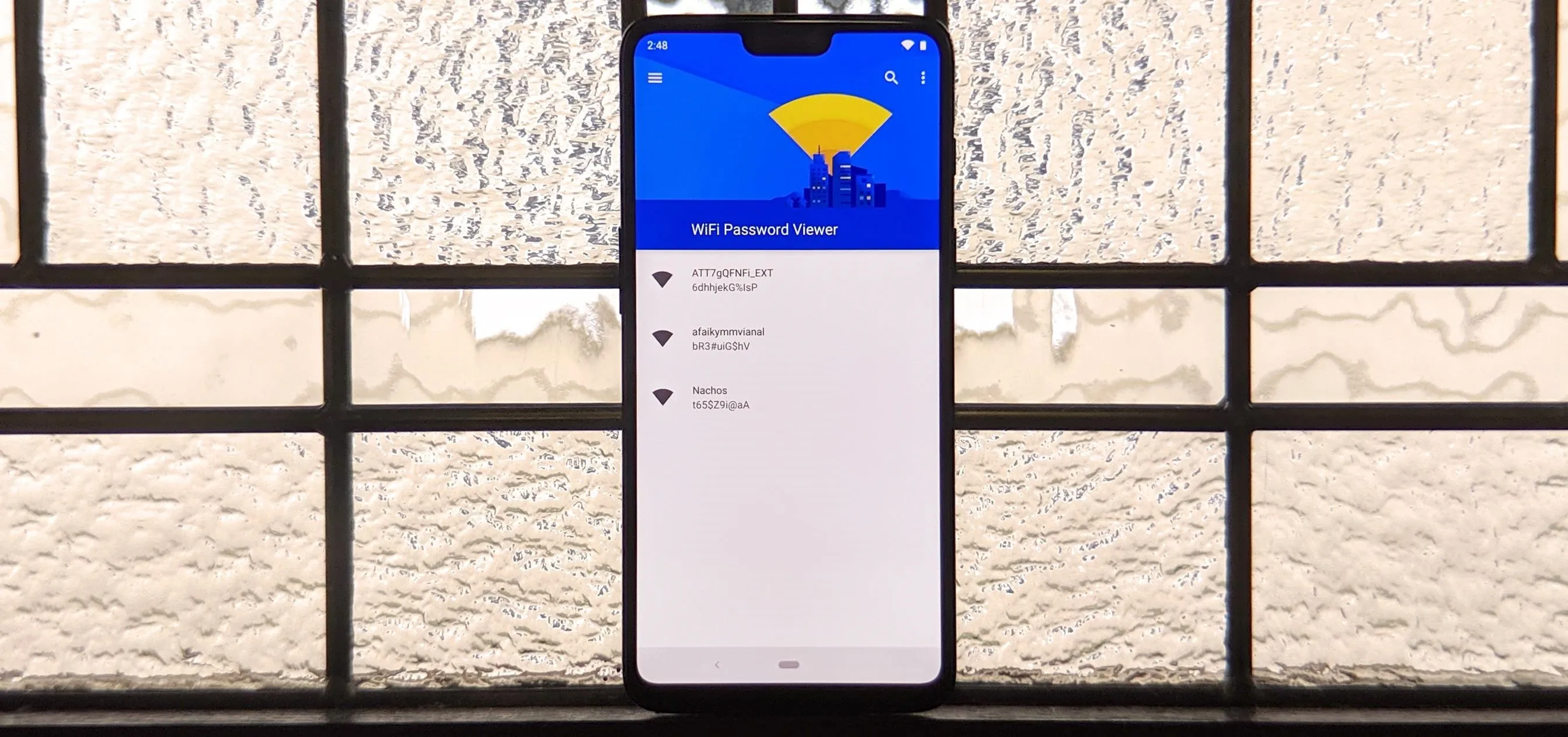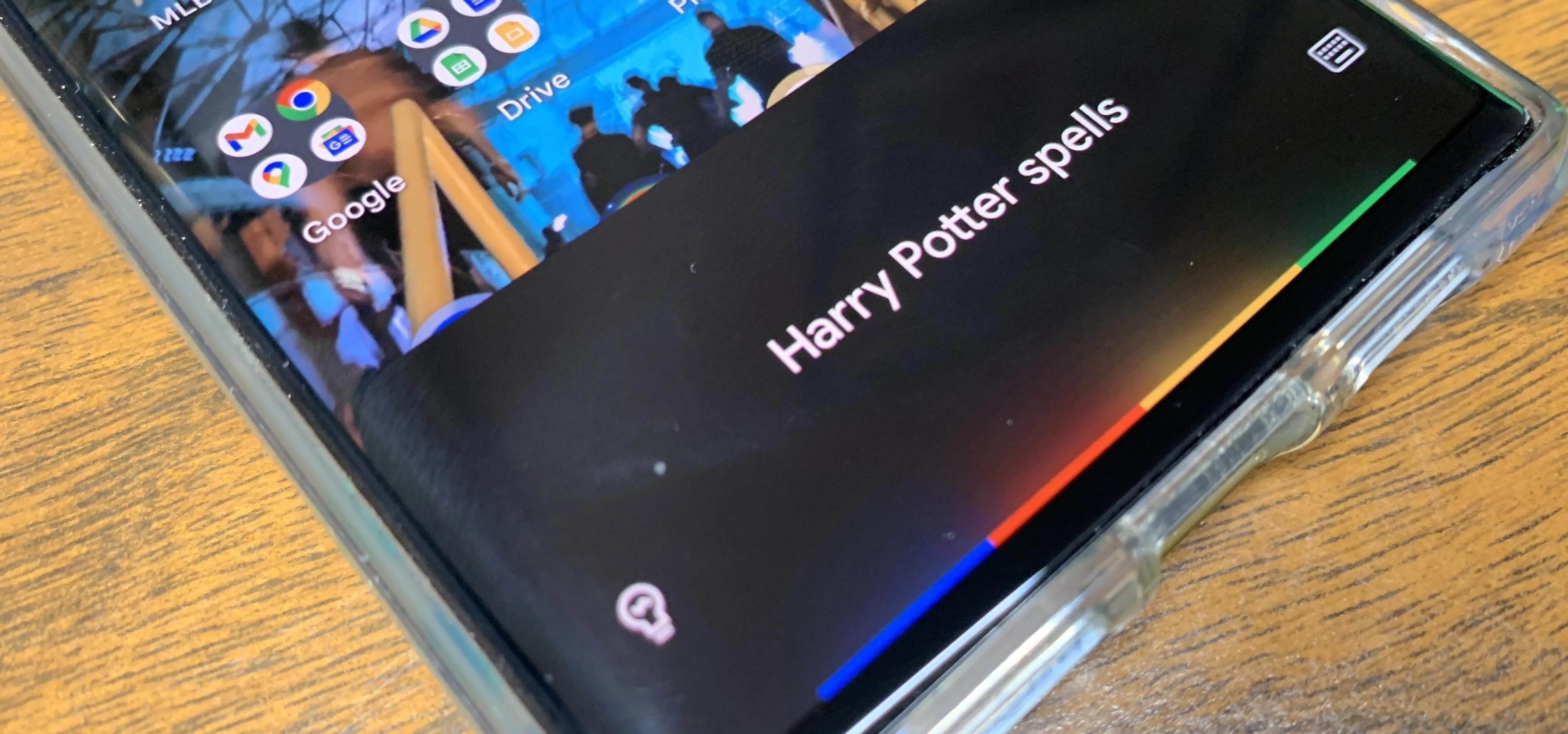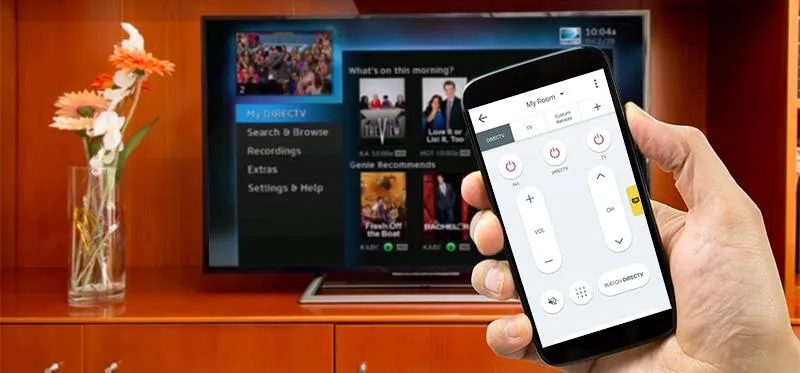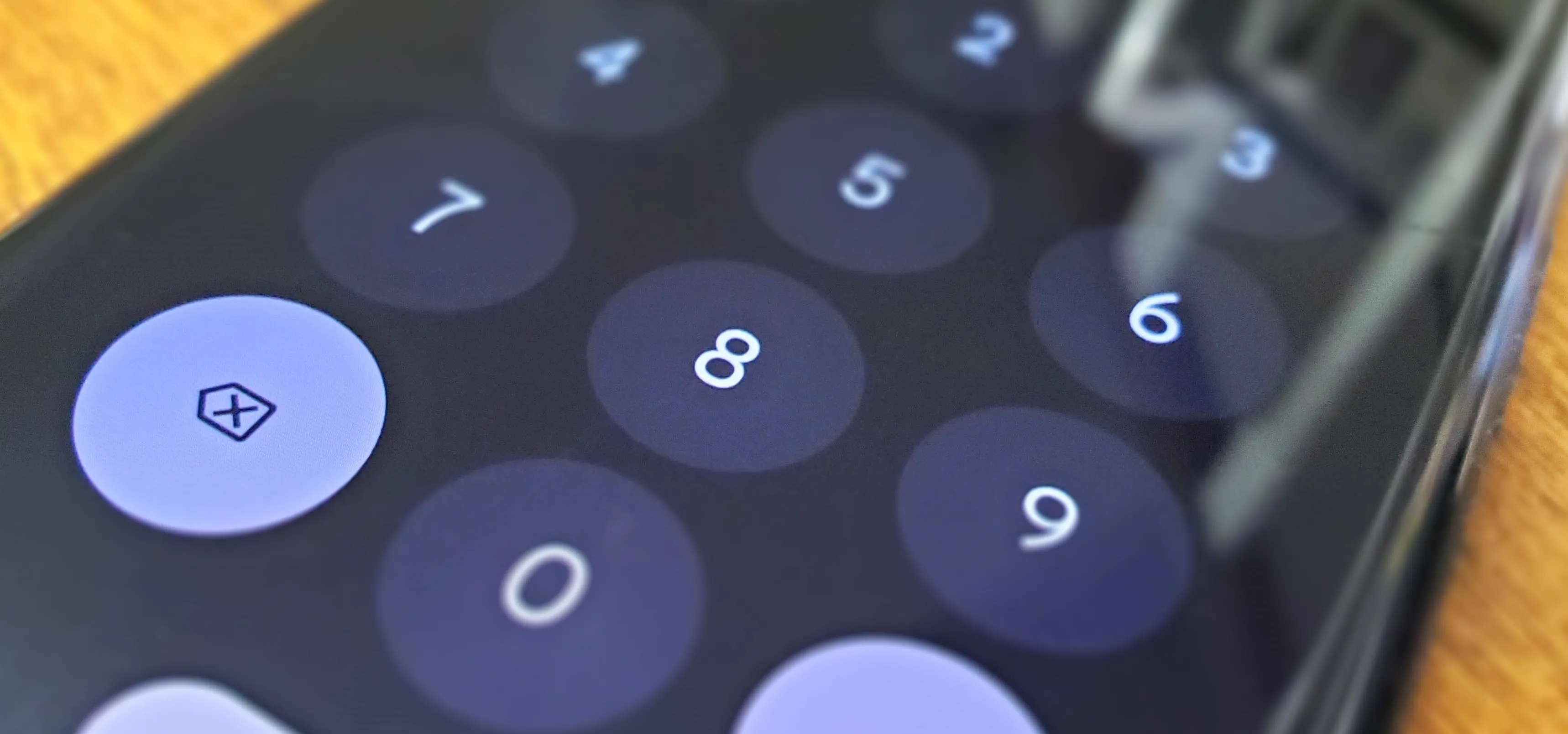Google's new camera, aptly named Google Camera, has been all the rage since it was released onto Google Play last Friday. The main reason is the amazing Lens Blur feature that adds depth-of-field Lytro effects to photos, without the use of any expensive accessories or extra hardware, like on the new HTC One M8.

The camera does this by utilizing a depth map through the processing of multiple images. Frame your photo, move the camera (phone) in an upward tilt or motion, and the software captures depth information. In essence, the image above is a product of the two images below.




The fact that this data is stored within the image itself means that effects can be applied and altered in post-processing, so the original image can have a shifted focus, as well as have no effects, subtle effects, or something a little more extreme.

Using the multiple image information, we can now take these pictures and go a step further by adding parallax effects to them.
How to Turn Lens Blur Images into Parallax Photos
DEPTHY is an open-source project from Rafal Lindemann that turns those Lens Blur images into depth-laden parallax photos. At this point, the project is a proof-of-concept, meaning that while we can create parallax images, there isn't a whole lot we can do with them.
This is where the beauty of open source comes into play. Want to take the code and create an app that places these images as live wallpapers? Go for it. Want to take the dev's work and create a GIF output function? Grab his code and implement it.
Of course, doing these things require more know-how, but they can be done. And with the rave reviews the premiere of this technology is drawing over on Reddit, I'd anticipate this implementation will be seen in various forms and apps in short order.
Upload Your Lens Blur Image
Start by going to the DEPTHY site, which can be done from your PC, but it's easiest on your smartphone or tablet. Tap the "Load the Lens Blur photo" button, complete the action using "Documents", and browse to and select your photo from "Gallery" or "Photos".






View and Adjust Your Image Effects
Once uploaded, your image will process and display directly on the main DEPTHY page. The website can process movements from your device's gyroscope, so go ahead and tilt your device around to see the parallax effect. If using the website on your PC, mouse movements will offer the same functionality.

Tap the "Hypnotize" and "Dramatize" buttons for different variations of the effect, and scroll down the page to see your source images.

Even with limited functionality, the concept is very cool to play around with, so have some fun creating these images. And keep it locked here for more information on the technology and its potential applications.
Bonus Fun: 3D Pictures
Fair warning: this one is a little rough around the edges. Jaume Sanchez Elias has created a similar tool for Lens Blur photos, only instead of a parallax effect, it offers 3D depth viewing. Imagine parallax, just much more immersive.






Showing it here won't do the tool justice, so check it out for yourself. After uploading your image, you can move it around a 3D vector. It's not perfect by any means, but it is cool to see the potential for applications using this image data.

























Comments
Be the first, drop a comment!